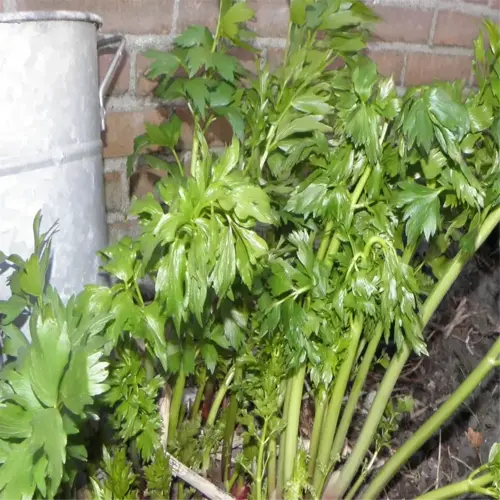Why do carrots fail to thrive?

Written by
Michael Sullivan
Reviewed by
Prof. Charles Hartman, Ph.D.Successfully growing carrots begins with avoiding common mistakes. Rocky soil exerts pressure on the roots, necessitating them to fork and twist. When seedlings are overcrowded, they compete for nutrients, resulting in spindly roots. I once harvested carrots resembling octopus arms because I had not sifted my garden beds thoroughly.
Soil Issues
- Compacted earth restricts root expansion
- High clay content causes waterlogging
- Low pH (<6.0) limits nutrient uptake
Watering Mistakes
- Inconsistent moisture splits roots
- Overhead watering spreads fungal diseases
- Dry spells trigger woody texture
Use a drip irrigation system to maintain uniform moisture in the soil. I replaced sprinklers with soaker hoses and doubled my production. Test soil moisture weekly, carrots require approximately 1" of water every 5 days. Use straw mulch to keep the soil warm and suppress weeds.
Combat pests in an organic manner. When plants are afflicted with root-knot nematodes, these nematodes create swollen roots that are galled. A simple method is to solarize your soil by covering moist beds with a layer of plastic for approximately six weeks. I now rotate planting carrots with planting marigolds, which release the chemical alpha-terthienyl, to deter nematodes.
Read the full article: How to Grow Carrots: Complete Guide for Beginners

